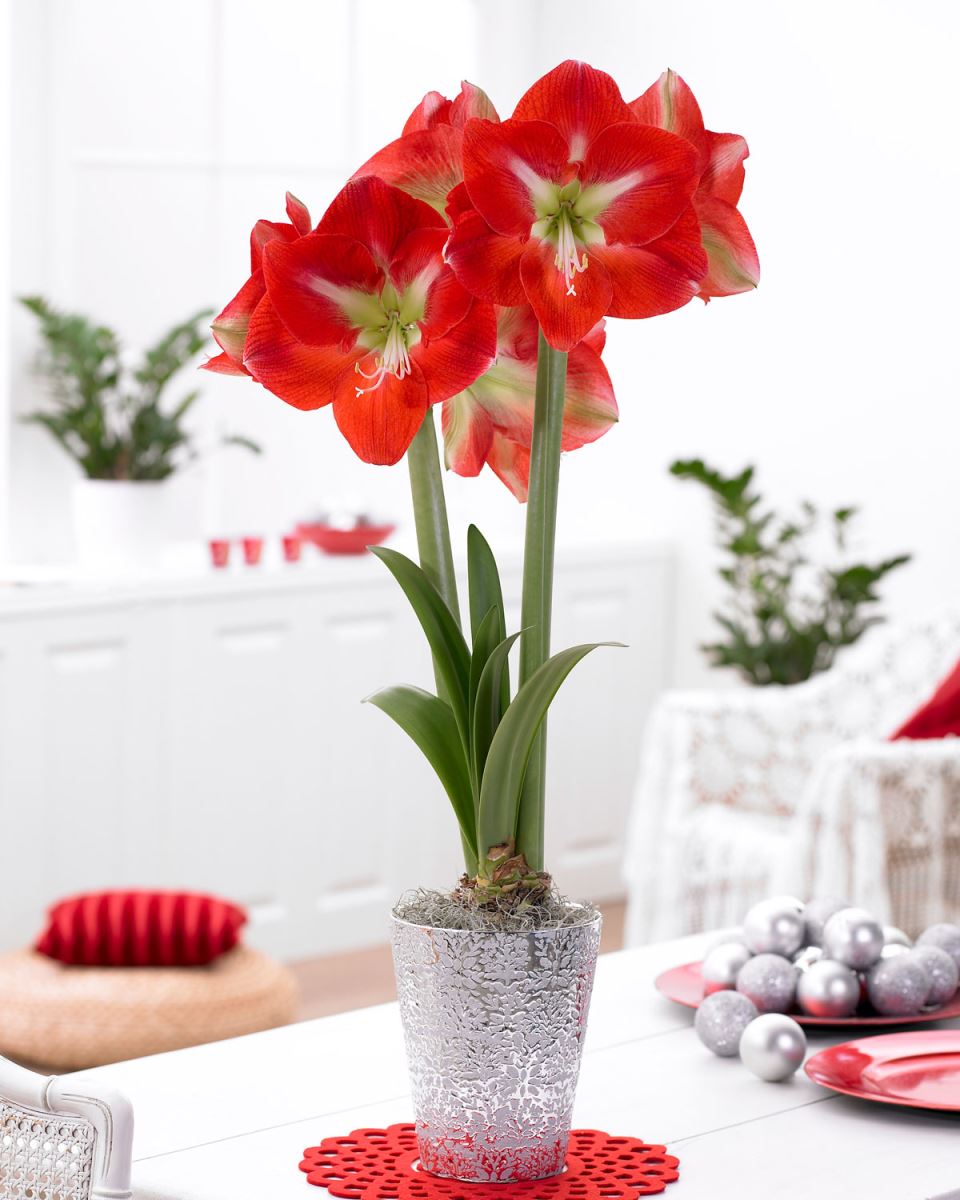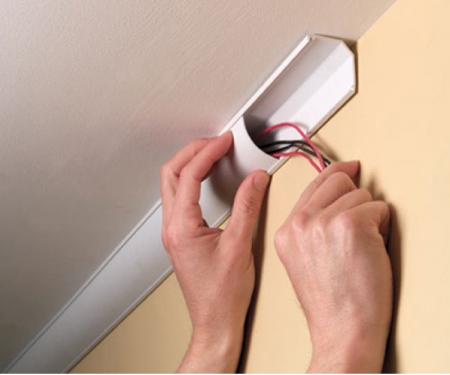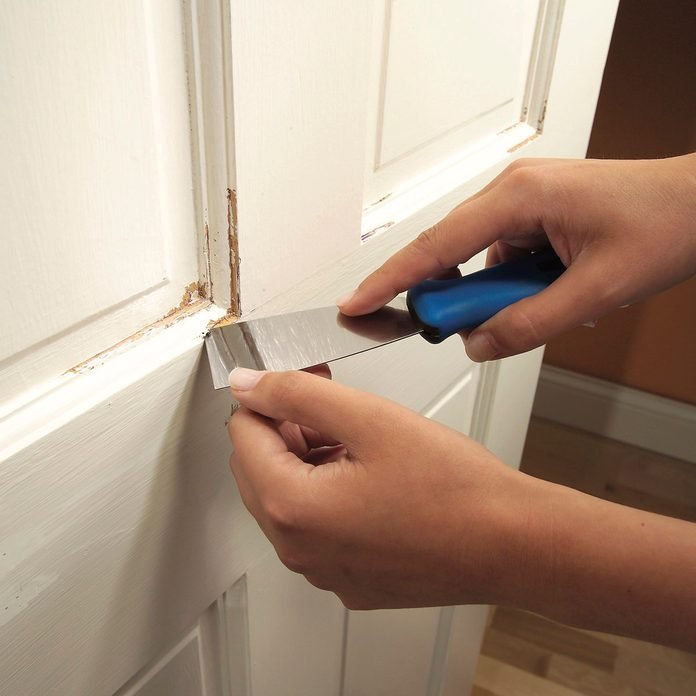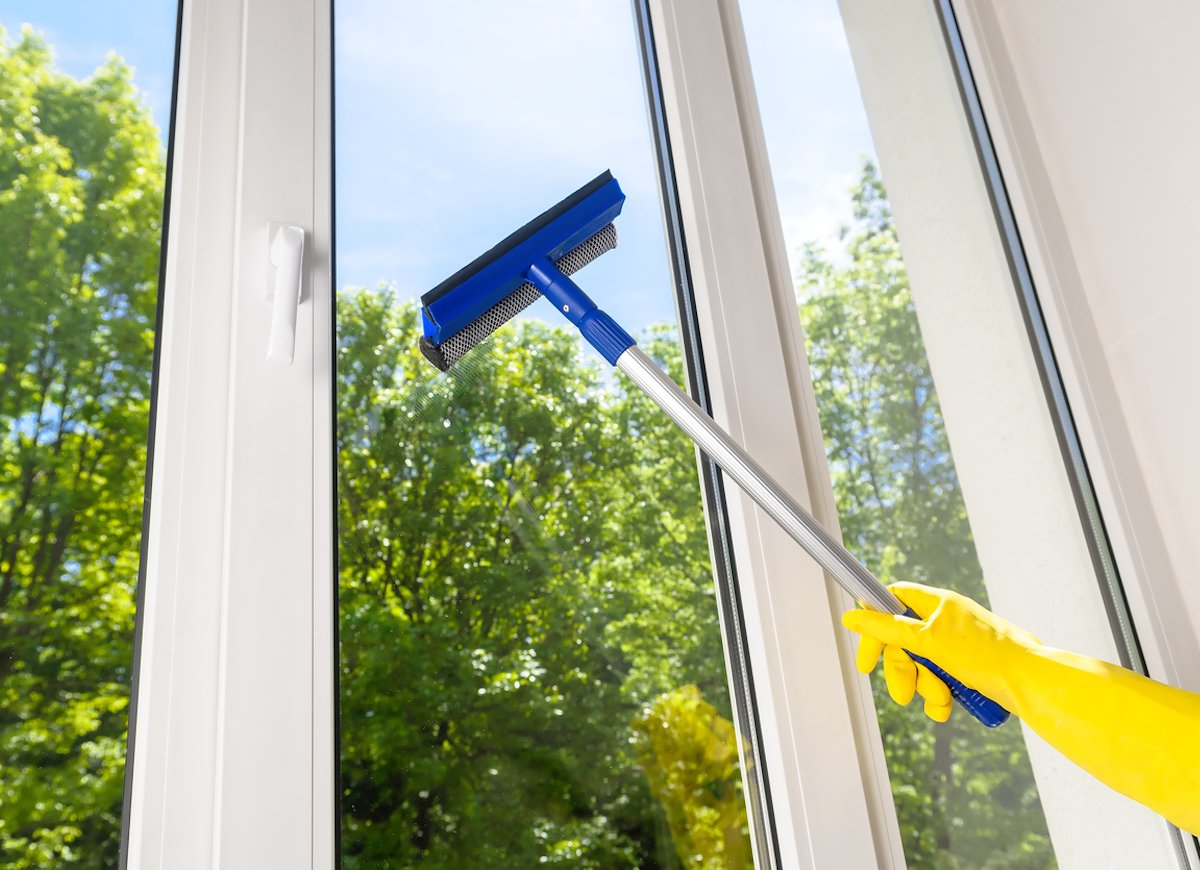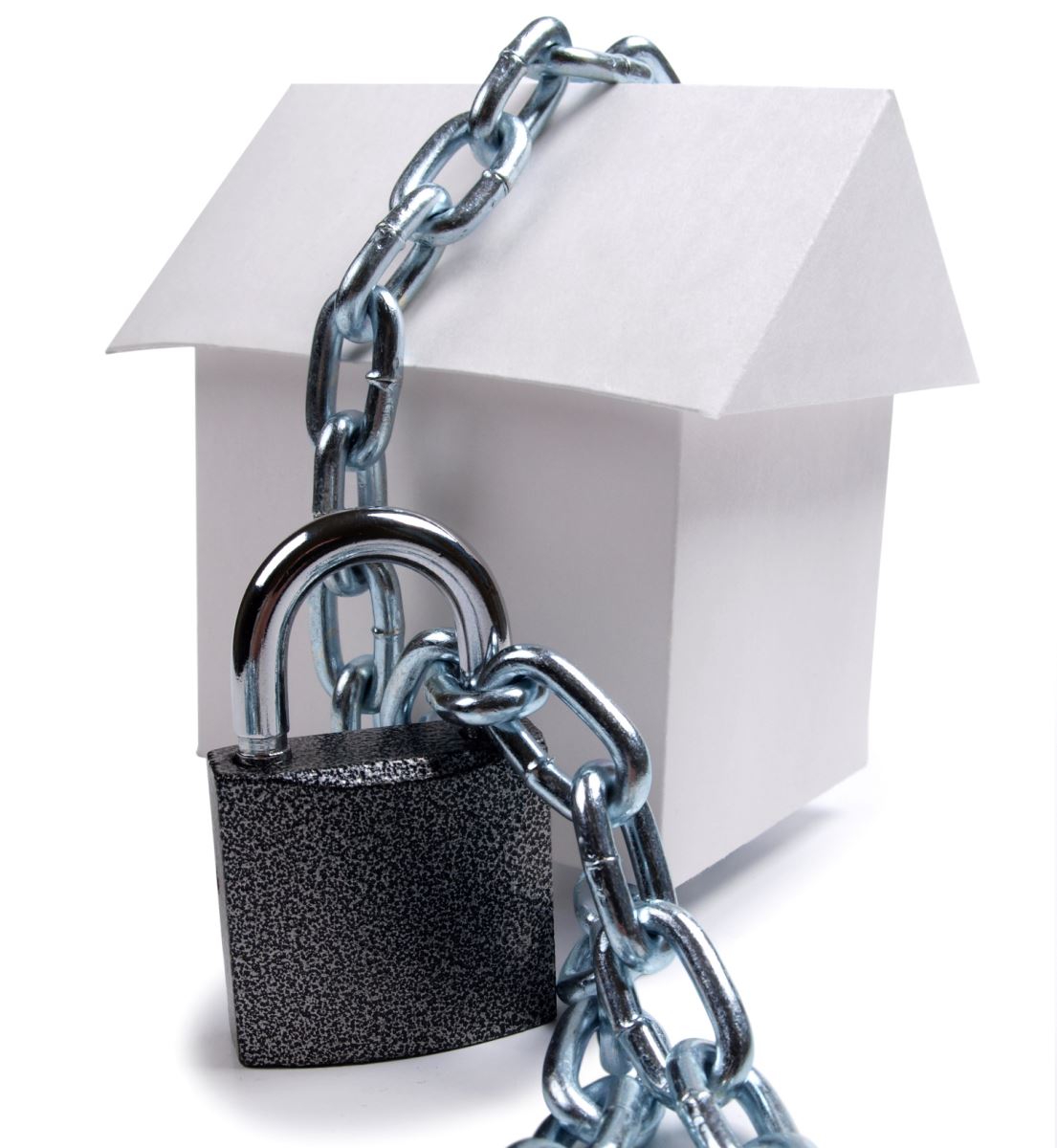DIY Pet Project Ideas
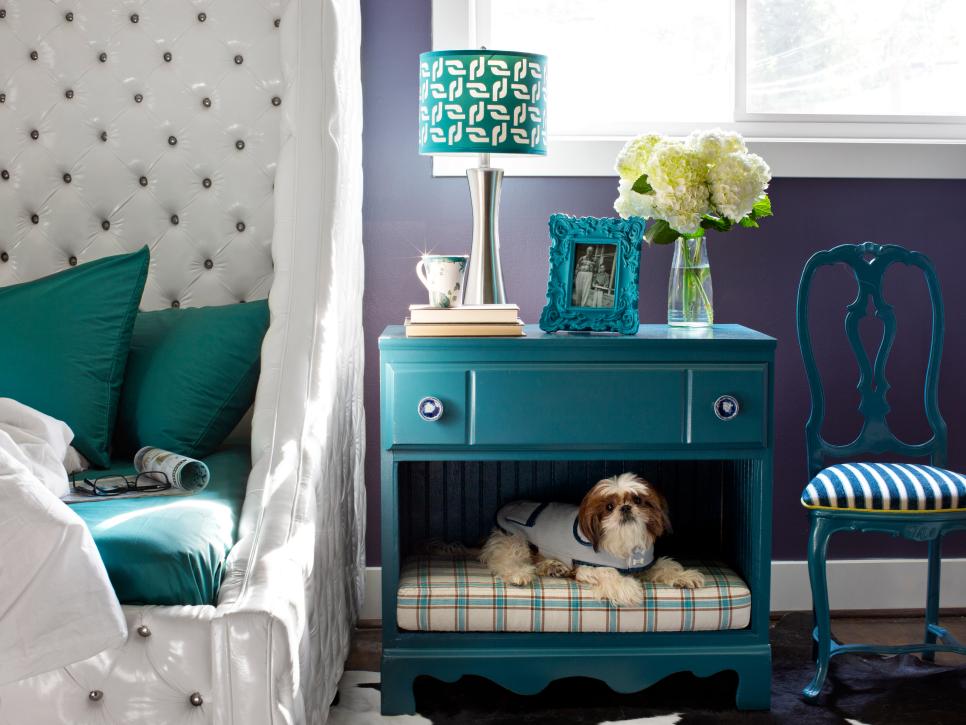
Have you run out of DIY or handmade crafts yet? Probably not, but if some jobs you have in mind are a little more than you can tackle now, consider making something for the furry family members! From yummy snacks to backyard fun, there are plenty of ways to keep your pets busy and content!
An easy way to start giving your pet some extra-sweet treatment is to make homemade snacks! Most use simple ingredients are easy to make, so the kids can get involved! Taste of Home offers several doggy treat recipes, and here are some recipes your kitty will love!
Ideas for Dog Lovers
-
Once those treats are done, give your dog something to think about and create a treat game for them to play. This bottle-spinning puzzle requires few materials and basic building skills.
-
Using a purchased dog bed or making one yourself, you can create a special spot for the dogs to get their rest. Find the perfect dog bed project here from HGTV.
-
Traveling with Fido can create a real hairy mess on car interiors, but a hammock may be the answer! Sewing basics will come in handy for this fairly simple DIY hammock project.
-
Upgrade that cagey dog crate by creating this cover with a removable top. The cave-like atmosphere it creates is comforting for the dog and gives you space to use as a table!
-
An active dog is a happy dog when they have plenty to do outside! If you have the space, why not create a tire tunnel, tug toy, or PVC agility course?
Ideas Cats Will Love
-
Any cat owner knows that cats love to have a place to hide, sleep, observe. Make a fun hideaway with a t-shirt and a few other materials!
-
Keeping an indoor cat entertained can be a challenge, and toys can be expensive. Create a simple feather toy or cat-treat puzzle to keep them busy.
-
Bring the outside indoors: grow an indoor garden just for Kitty. She will think she is the queen of the jungle!
-
Will these inexpensive shelf steps keep your cat off the counters?
-
While it is virtually impossible to make your cat stay in the yard, making a “catio” gives them a place to be outside while keeping them safe, as well as local wildlife. Install a cat door or open a window and have a structure like one of these waiting on the other side, or build this catio as part of your home’s design.
Making or building something specifically for your pets will be worth the time and effort you put in because content pets are less likely to damage your home with chewing or bad bathroom habits. You will also have peace of mind, as you know your furry friends are safe, whether they are resting or playing.
Courtesy of New Castle County DE Realtors Tucker Robbins and Carol Arnott Robbins.
Photo credit: Brian Patrick Flynn
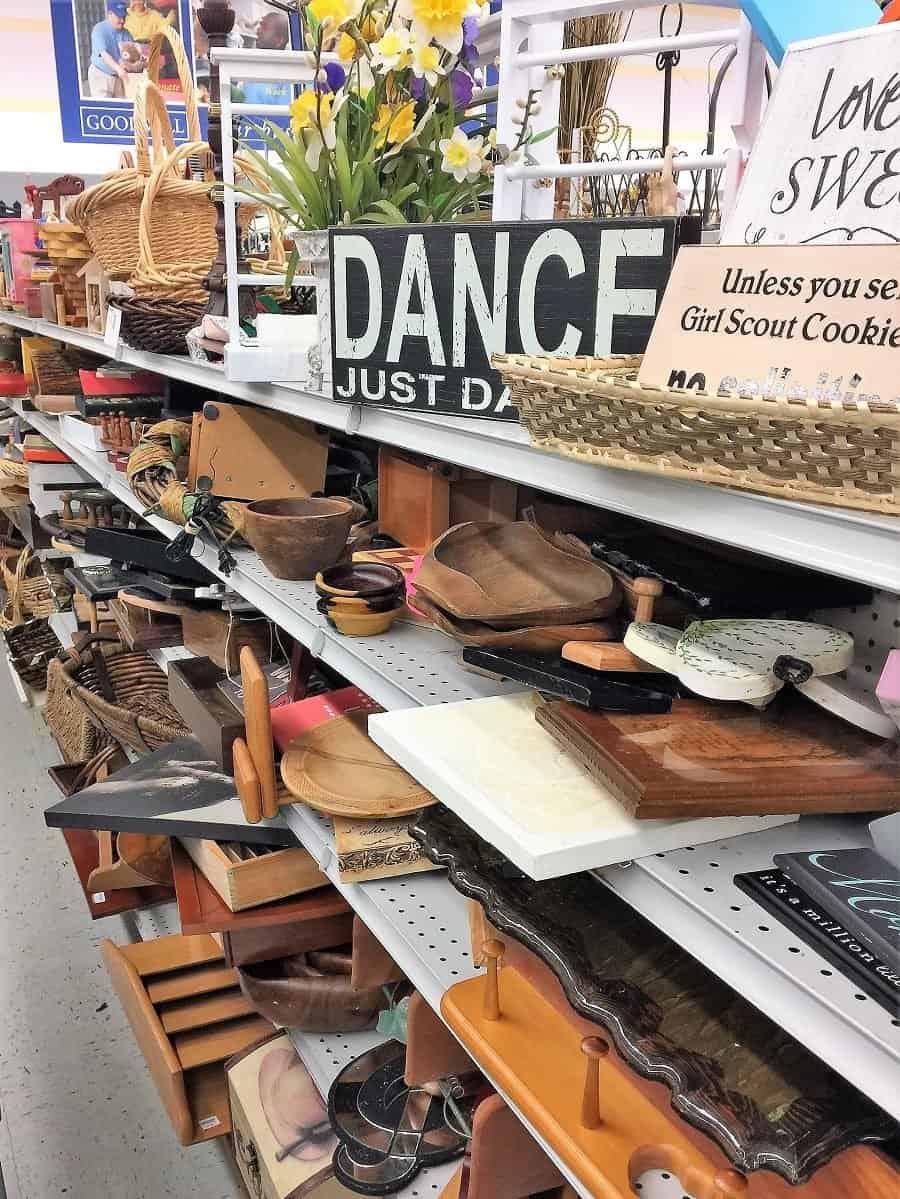
.jpg)
